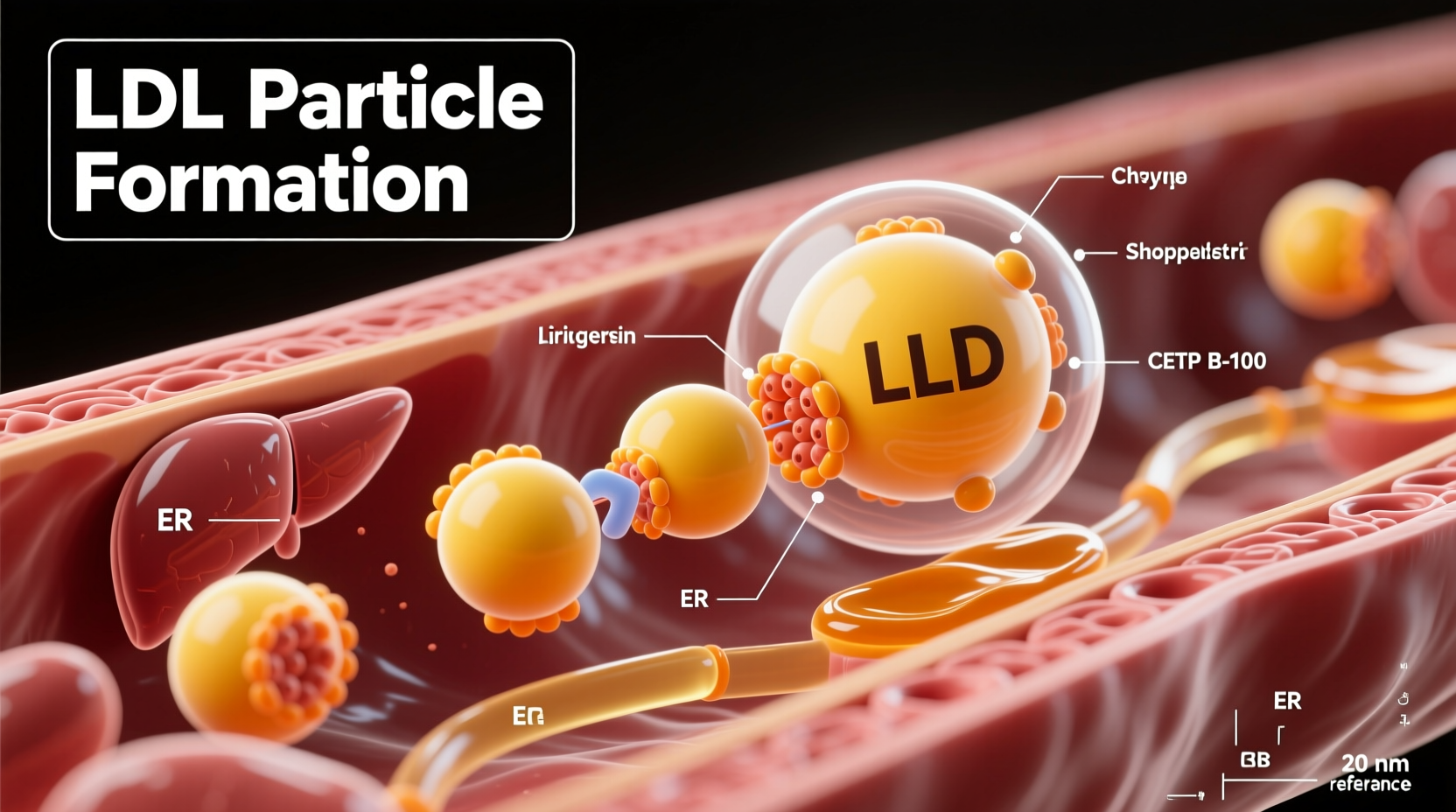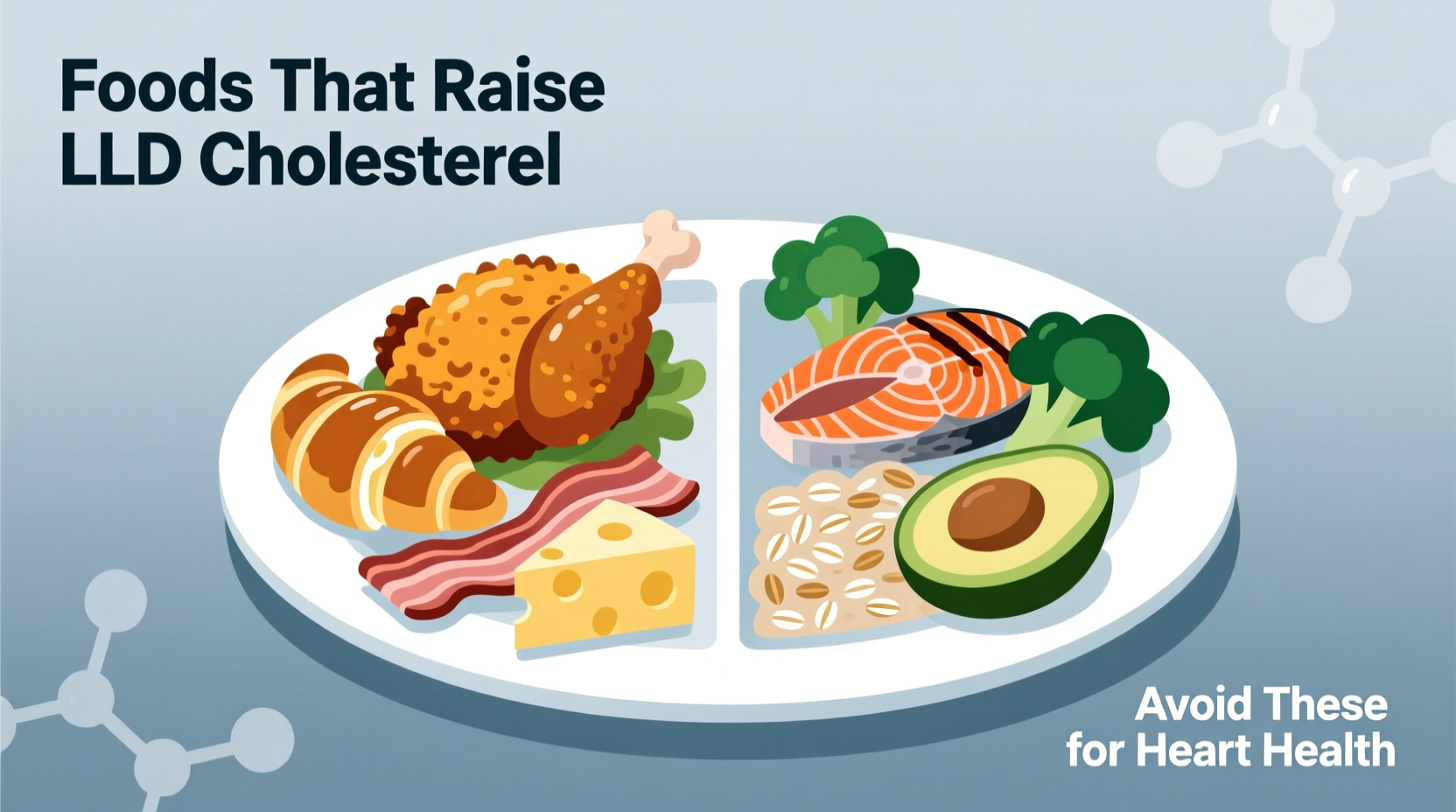Why Cholesterol Matters: The Silent Threat
High LDL cholesterol silently damages arteries, increasing heart attack and stroke risk. Unlike blood pressure, you won't feel symptoms until serious damage occurs. The American Heart Association confirms that dietary choices directly impact 25-30% of your LDL levels—making food selection your most powerful daily defense.
Top 5 Cholesterol-Sabotaging Foods Revealed
Based on clinical evidence from the National Institutes of Health, these foods trigger the most significant LDL spikes. Notice the common thread: industrial processing and animal fats.
| Food Category | Cholesterol Impact | Hidden Sources | Weekly Limit |
|---|---|---|---|
| Fried foods | ↑ LDL 12-18% | Restaurant french fries, fried chicken, doughnuts | ≤ 1 serving |
| Processed snacks | ↑ LDL 8-15% | Cookies, crackers, microwave popcorn | Avoid completely |
| Fatty meats | ↑ LDL 10-20% | Bacon, sausage, ribeye steak | ≤ 3 oz total |
| Full-fat dairy | ↑ LDL 5-12% | Butter, cheese, whole milk | ≤ 2 servings |
| Baked goods | ↑ LDL 7-14% | Pastries, pie crusts, croissants | ≤ 1 serving |
The Science Behind the Damage
Trans fats—created when liquid oils are hydrogenated—double your heart attack risk according to FDA research. They simultaneously raise LDL while lowering protective HDL cholesterol. Saturated fats trigger liver overproduction of LDL particles. This graphic shows how these fats circulate through your bloodstream:

Evolution of Dietary Guidelines: What Changed?
Understanding of cholesterol has evolved significantly. In the 1980s, all dietary cholesterol (like eggs) was villainized. By 2015, the USDA Dietary Guidelines stopped recommending cholesterol limits after research showed saturated fats are the true primary driver. This timeline explains the shift:
- 1980: Focus on limiting dietary cholesterol (eggs, shellfish)
- 2006: FDA mandates trans fat labeling after Harvard studies linked them to 30,000+ annual US deaths
- 2015: USDA drops cholesterol limits; emphasizes saturated/trans fat reduction
- 2020: FDA bans artificial trans fats in most foods
Critical Context: When Foods Aren't Universally Bad
Not all high-cholesterol foods require elimination. For 70% of people, dietary cholesterol (like eggs) has minimal impact on blood levels. The American Heart Association states:
"For most individuals, saturated fat intake poses greater cardiovascular risk than dietary cholesterol. However, those with familial hypercholesterolemia or diabetes should still limit cholesterol-rich foods."
Practical Swaps That Actually Work
Replace problem foods with these chef-tested alternatives that maintain flavor while lowering LDL:
- Instead of fried chicken: Air-fry chicken thighs with smoked paprika (saves 15g saturated fat)
- Instead of butter: Use avocado oil in baking (reduces saturated fat by 80%)
- Instead of sausage: Choose turkey bacon with black pepper and maple (cuts saturated fat in half)
- Instead of cheese: Make cashew cream sauce with nutritional yeast (adds heart-healthy fats)
Your 4-Week Action Plan
Implement these evidence-based steps to see measurable LDL reduction:
- Week 1: Eliminate all fried foods and processed snacks
- Week 2: Replace full-fat dairy with fortified oat milk (contains beta-glucan)
- Week 3: Swap red meats for fatty fish 2x weekly (salmon's omega-3s lower triglycerides)
- Week 4: Incorporate 1.5 cups daily of cholesterol-fighting foods (oats, beans, berries)
Research from the Centers for Disease Control shows this approach reduces LDL by 12-18% in clinical trials—comparable to some medications.











 浙公网安备
33010002000092号
浙公网安备
33010002000092号 浙B2-20120091-4
浙B2-20120091-4